Bessemer steamship: why a project that could save you from seasickness failed
Categories: Europe | History | Technology
By Pictolic https://pictolic.com/article/bessemer-steamship-why-a-project-that-could-save-you-from-seasickness-failed.htmlSeasickness, motion sickness, or scientifically kinesia, is a condition familiar to many. Millions of people face it every day. Nausea, dizziness, vomiting and general malaise occur when traveling by water or air. Sometimes passengers in cars and even trains encounter it. People began looking for ways to combat seasickness back in ancient times. And not only using medications and self-hypnosis, but also creating complex mechanisms. The most famous of these was the Bessemer steamship, patented in the 19th century.
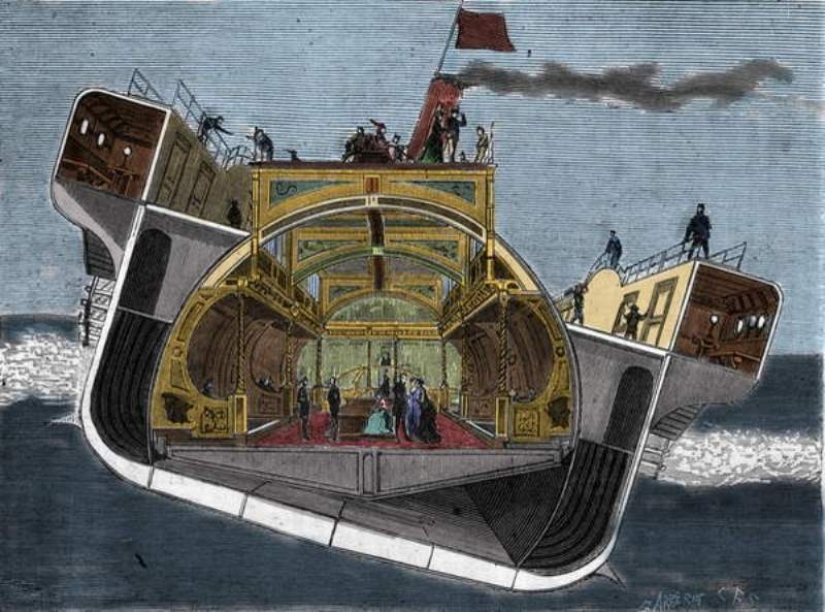
Not only those who spend most of their lives on land suffer from seasickness. It is well known that even Admiral Horatio Nelson, who won many naval battles, suffered from kinesia. His fellow countryman, the Englishman Sir Henry Bessemer, was a business man and constantly moved from Foggy Albion to mainland Europe and back. At the end of the 19th century, this could only be done by ship.
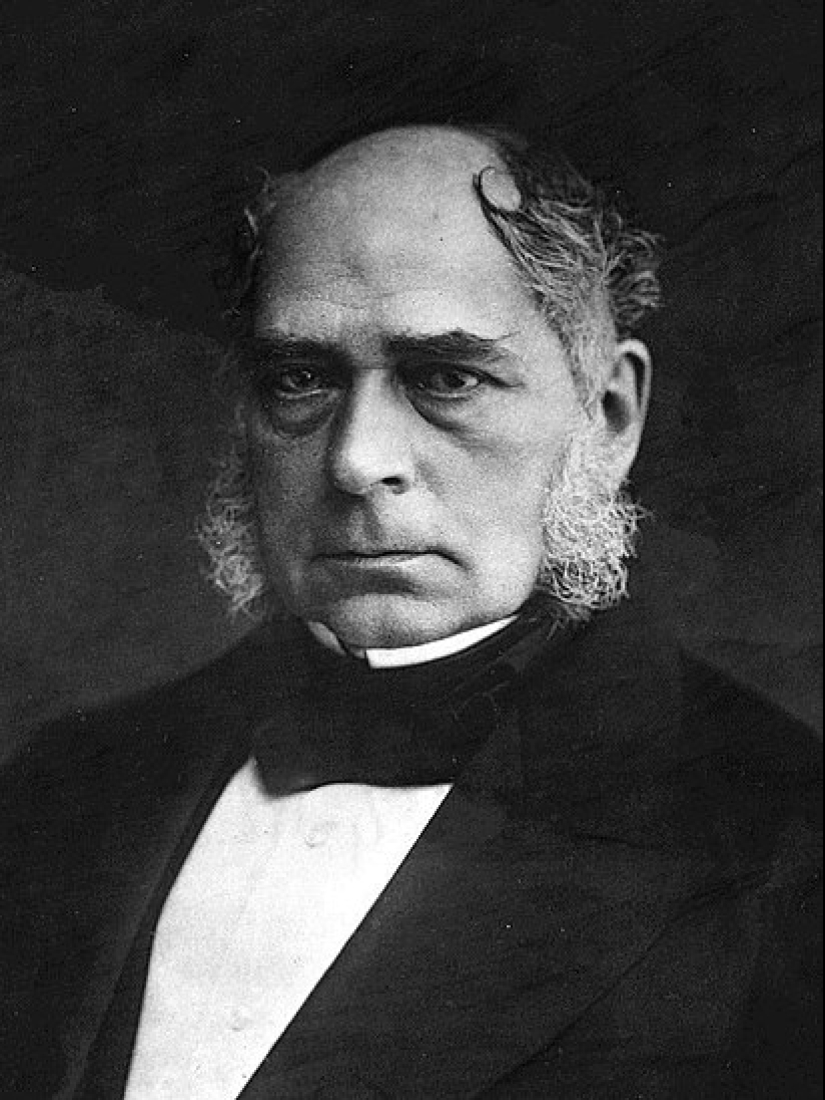
Despite regular business trips, Bessemer was never able to overcome kinesia. Even a short sea voyage across the English Channel turned into torture for him. But Sir Henry was a good engineer and a worthy son of the Victorian era. Therefore, he sat down to the drawings and invented a steamship whose passengers were not afraid of any rolling.
In December 1869, Bessemer patented his brainchild. It was a medium-sized ship with a steam engine and outwardly almost no different from its counterparts. Its uniqueness lay in the passenger compartment, which was 21 meters long and 9 meters wide. It was a cylindrical capsule mounted on a longitudinal axis and supported by hydraulic cylinders.
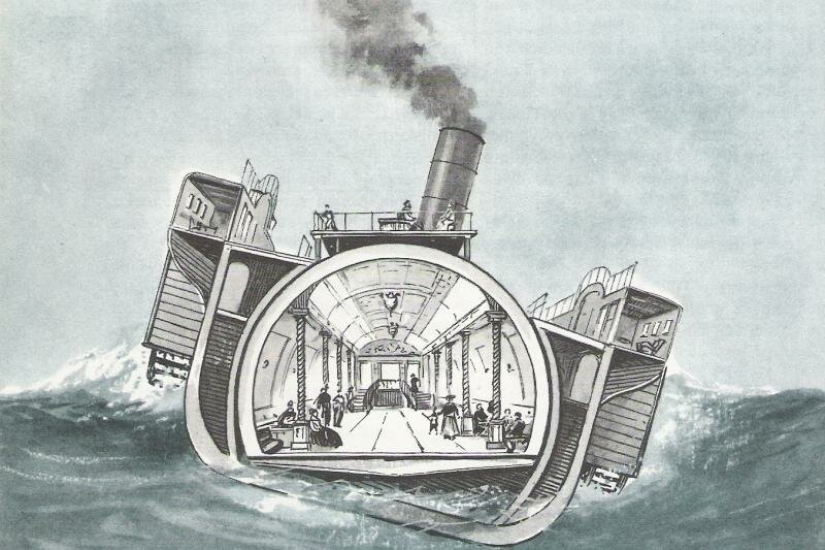
The mechanism was operated by a specially trained sailor. He was in a cabin with a spirit level and a lever system. Based on the roll indicator, the operator activated hydraulic cylinders on the right and left, depending on the inclination of the vessel. Additionally, between the cabin and the hull of the vessel there were rubber shock absorbers that absorbed small vibrations and wave impacts.
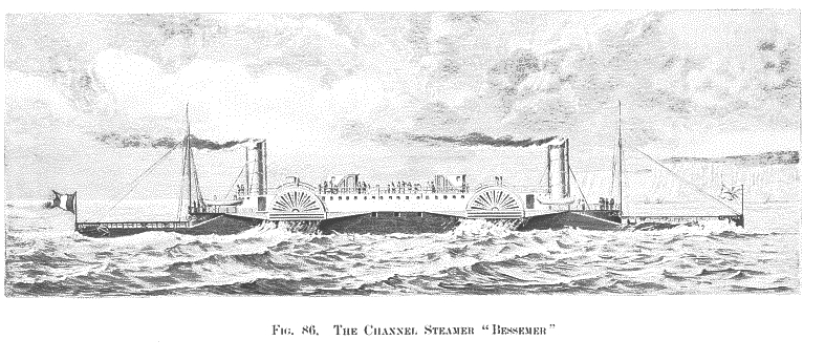
Many people liked Sir Henry's invention, and he easily found investors. The steamship with the proud name “SS Bessemer” successfully passed the tests. In April 1875, the ship set off on its first voyage across the English Channel. As soon as it left the pier, the ship behaved unpredictably and collided with the pier. Fortunately, everything worked out and the ship safely reached the French coast.
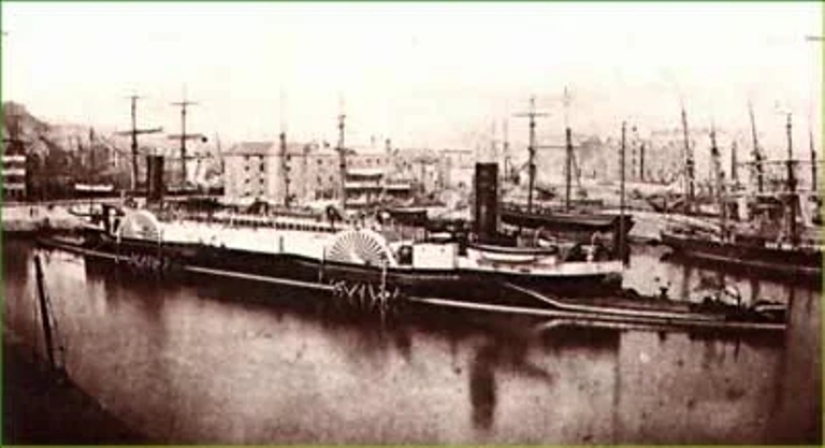
But during the next voyage, the ship hit the pier again, this time on the French side. And after another 4 days, a serious incident occurred - the Bessemer demolished 15 meters of one pier and collided with the neighboring one. An urgently convened commission found that all these were not unfortunate accidents. The steamer didn't listen well to the helm. And this was not the only drawback of the innovative vessel.
Due to the suspended salon, the steamer's paddle wheels had to be moved to the bow and stern. This had a negative impact on speed characteristics. Instead of the required 20 knots, the ship barely produced 11, and that was in calm seas. As for the salon itself, it did not live up to expectations at all. It had to always be in a horizontal position and in this regard everything was relatively tolerable. The sailor, sweating from tension, feverishly pulled the levers, still maintained his balance, relieving the passengers from rolling.
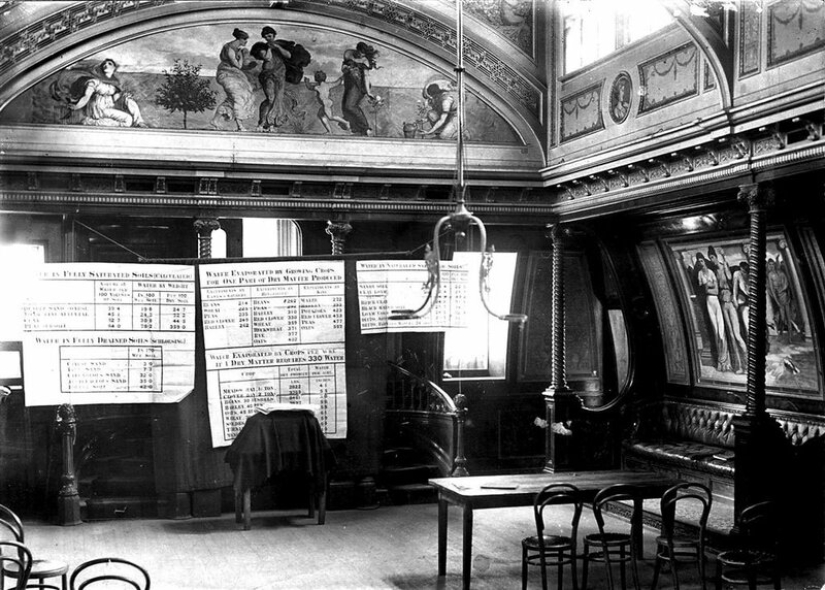
But the pitching motion, from bow to stern, has not gone away. The people in the Bessemer cabin continued to suffer from seasickness. Several brainstorming sessions undertaken by leading Admiralty engineers led by Henry Bessemer did not bring results. It was impossible to compensate for pitching in two directions using technical means of that time.
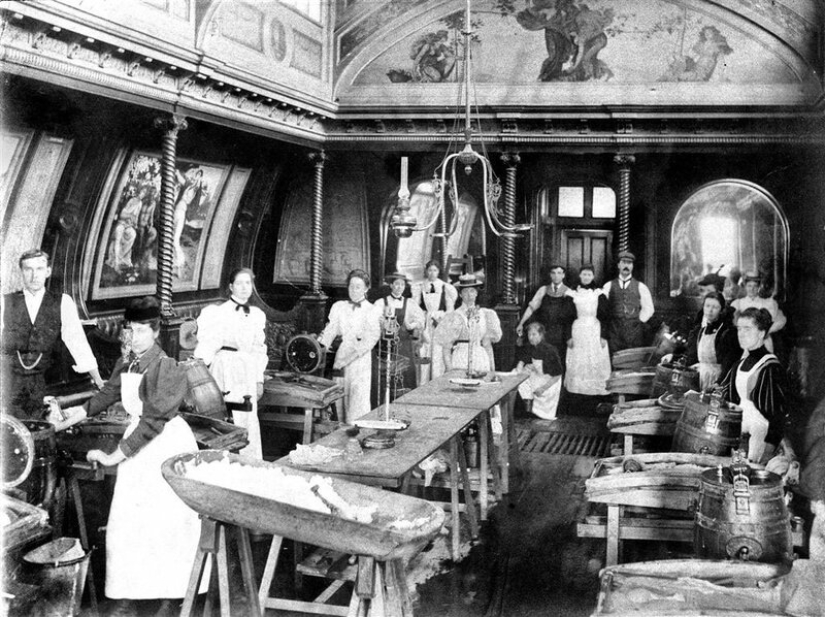
The shareholders were disappointed in the ship and sold it. The new owner of the ship was... a women's college. The ship, designed to fight the sea waves, was permanently moored at the pier. Its unique salon began to be used as a classroom for home economics lessons. But it was difficult for the educational institution to maintain a ship that was laid up. Over time, it leaked and was abandoned. The Bessemer finally died in the First World War. The ship was hit by a German incendiary bomb and burned down.
It is worth saying that Sir Henry Bessemer was not at all a failure or an uneducated dreamer. He has 120 patents that have found application in various fields of human activity. He invented a new steel smelting technology that is still used today. He also invented water-repellent fabric, a centrifugal pump, a sugar cane press, and a new type of artillery shell.

In 1879, Henry Bessemer was knighted by Queen Victoria for his contributions to science. So the steamboat without pitching became the only invention of the British genius that failed miserably.
Another amazing creation of the Victorian era, the Daddy Long Legs sea tram, turned out to be more useful than the Bessemer steamboat.
Recent articles

The dream house, or just the perfect place for a vacation, is located in the Tuscan countryside. Thanks to the location, the house ...

The fall of meteorites on the surface of the Earth is not too rare. There have also been cases of people dying as a result of such ...

Many things, animals and plants seem familiar to us, because we have seen them a hundred times. And although it seems that a ...